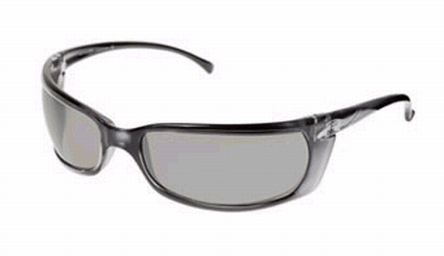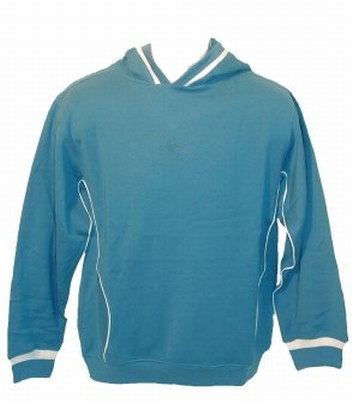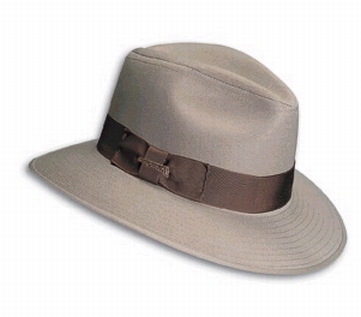More about Sunburn Protection ('Sunburn and SPF' Part 2)
How should we choose sunglasses?
When sunglasses are worn, the pupils will dilate as the amount of light reaching the eyes is reduced. If the sunglasses do not filter out enough of the Ultraviolet (UV) radiation, the amount of UV radiation getting into the eyes may be even greater than not wearing sunglasses at all. So, when choosing sunglasses, we should note whether they have a UV filtering function. Good sunglasses should be able to filter out at least 98% of the UV radiation. Also, trendy 'wrap-around' sunglasses are good in preventing UV coming from the sides.

What clothing should we wear to get better protection from the sun? Why is it better to wear dark and loose-fitting clothing?
To avoid strong sunlight getting directly to the skin, long-sleeve clothing is recommended. Cloth woven in high fabric density can filter off more UV radiation. On the other hand, loose-fitting clothing is better than tight-fitting clothing. It is because tight-fitting clothing is stretched more easily by body movement. As a result, small pores are exposed in the fabric, thus allowing more UV to get through to the skin.
Also, when the clothing is wet, there is less scattering of light because of the presence of water (check 'Why is wet sand darker than dry sand?'). This means that more UV may pass through and reach the skin. Lastly, dark clothing is more effective in filtering out UV than light-coloured clothing, giving better protection from the sun.

What kind of hat should we choose to protect ourselves from UV?
We should choose broad-brimmed hats as they shade our face, ears and neck. Although caps or visors are fashionable, they are not as effective.

When buying a sunscreen lotion, what should we look for apart from SPF (Sun Protection Factor)?
UV can be classified into 3 categories: UVA, UVB and UVC, according to the different wavelengths in the electromagnetic spectrum. Both UVA and UVB may affect our body. UVA can darken our skin and cause premature ageing while UVB can cause sunburn and swelling. The SPF on a sunscreen lotion only tells us the time extension before a person gets burnt by UVB. A standard has yet to be developed for protection against UVA, although the PA (Protection Grade of UVA) is usually used. There are 3 PA grades: PA+, PA++, and PA+++, with each additional plus (+) indicating a higher protection. So, when buying a sunscreen lotion, note the SPF as well as the PA.
Is SPF (Sun Protection Factor) only applicable to sunscreen lotions?
According to the definition of Sun Protection Factor (SPF), it is also applicable to other sunburn preventive measures. As a rough guide, the SPF of a broad-brimmed hat is 3 to 6, while that of ordinary summer clothing is 6 to 7. One can see from their SPF values that the degree of protection is not as high as sunscreen lotions (SPF 15 or above). Sunscreen lotions should still be used.